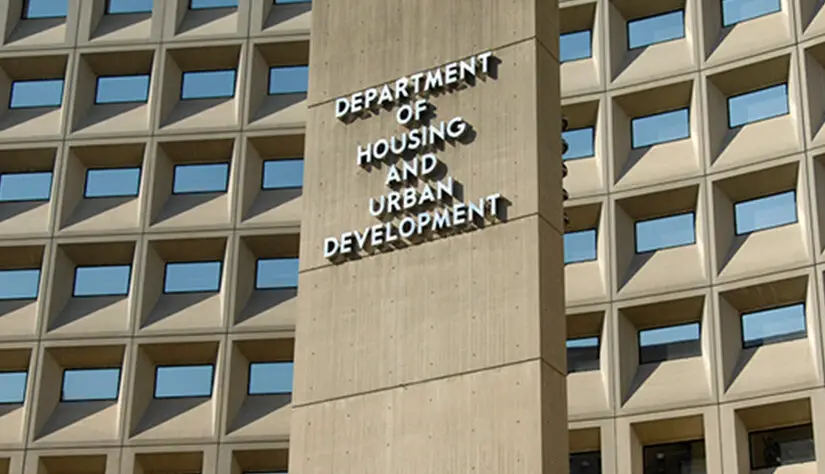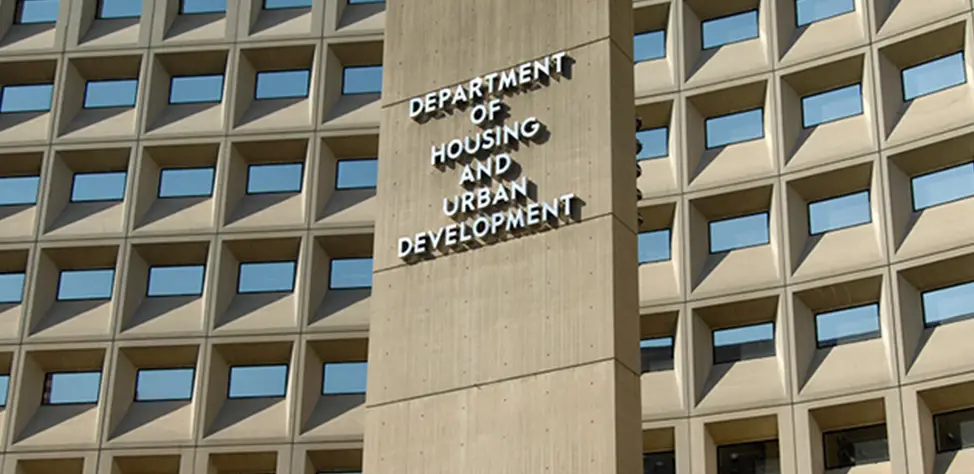For the first time, the Department of Housing and Urban Development has released a plan proposing actions to help people of color, LGBTQ+ people, and other groups get federal assistance that they need.
HUD’s Equity Action Plan outlines barriers these groups face, and has proposals that will help more low-income renters.
The HUD plan was released along with Equity Action Plans for more than 90 federal agencies, including all cabinet-level agencies. The purpose of the plans is to make sure that no one is excluded from federal resources and opportunities because of discrimination.
Although HUD’s plan is geared toward its staff and local organizations that receive HUD funds, it will help more low-income renters get safe affordable housing. This is especially true for groups that have traditionally had a hard time accessing assistance.
HUD identified four main areas where racial equity is lacking. The plan also shows where improvements can be made to better serve groups that have not benefited as much from HUD programs.
Fair Housing and Civil Rights Resources
The Biden administration recognizes that America is still plagued by ongoing residential segregation and discrimination. HUD is the federal government’s main department for investigating housing discrimination complaints under the Fair Housing Act.
HUD notes that the number of discrimination reports has risen in recent years. In FY 2021, a five-year record high of 8,402 fair housing investigations were opened.
HUD also points out that funding and staffing for the different offices that handle fair housing complaints have not increased much in the last decade. The Equity Action Plan calls for more resources to process discrimination complaints and enforce federal fair housing laws. It also calls for revising regulations so that state and local governments have to make stronger efforts to Affirmatively Further Fair Housing.
Homeownership
Homeownership is the main way that most American households have built wealth. Racial and ethnic minorities have long faced discrimination in buying homes. Redlining and lending discrimination have promoted neighborhood segregation. This has limited the ability of minority renters to buy their own homes in the neighborhoods of their choice.
In 2019, 73% of white households were homeowners. However, only 41% of Black households and 47% of Latino households owned their homes.
This translates into less wealth accumulation for households who are denied the opportunity of homeownership. Wealth is the value of all a household’s assets, not just the cash from regular income. It can include savings, stocks and bonds, or the value of property.
While white households in 2019 had an average of $189,000 in accumulated wealth, Black households only had an average of $24,100 in wealth.
HUD plans to increase its homeownership educational efforts. This includes marketing and education to let low-income renters know about homeownership and asset-building programs. It also includes education about equity issues for HUD staff and local organizations that work with low-income homebuyers.
HUD’s plan also calls for providing more resources to nontraditional lenders, like community-based organizations. Many of these nonprofit organizations have counseling and lending programs. These programs help low-income renters save, clean up their credit, and buy their first homes.
Homelessness
Homelessness affects people of all races, ages, and genders. Some groups, however, are more likely to experience homelessness and to stay homeless for longer periods of time. They are also more likely to return to homelessness.
Black people made up 39% of the homeless population in 2020, but only 12% of the U.S. population. More than half of transgender people experiencing homelessness were unsheltered. Persons with disabilities make up nearly 25% of all homeless people.
HUD recommends these and other actions to make sure that shelter and services are available to all people experiencing homelessness:
- Building on the success of getting feedback from homeless youth, have programs involve homeless people more in planning how best to meet their needs.
- Improve data collection, especially the collection of gender identity information.
- Coordinate with the U.S. Interagency Council on Homelessness and other agencies to improve housing opportunities for people who were formerly incarcerated and youth aging out of foster care.
- Continue to implement Tribal participation in the Continuum of Care system so that more Native Americans experiencing homelessness have access to shelter and services.
Procurement
The federal government spends billions of dollars every year on products and services from small businesses. Businesses owned by women, Black, and Latino entrepreneurs have not historically received a fair share of federal contracts.
HUD identified two sets of barriers in its programs to low-income and minority entrepreneurs. On the vendor side, many minority business owners were not aware of federal opportunities. Getting through the federal procurement process is also very complex.
On the agency side, programs need to improve their outreach and marketing to minority and women-owned businesses. Programs also need to do a better job figuring out their future needs, so that small businesses can have more lead time to prepare bids. More technical assistance for minority business owners will help them get federal contracts.
HUD also encourages state and local grantees that use its funds to improve their efforts to hire minority owned businesses. Some programs, like Community Development Block Grants, already give priority to hiring minority and women-owned subcontractors for affordable housing and community development projects.


